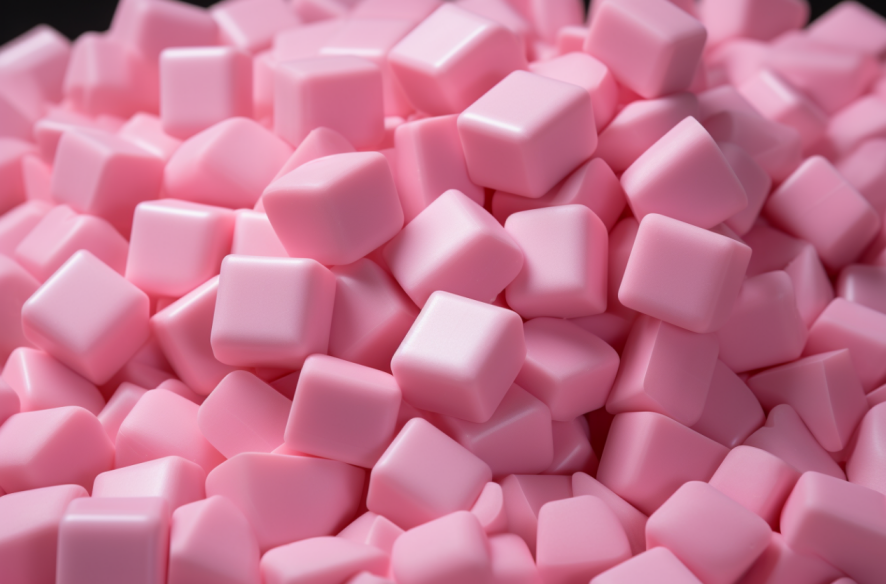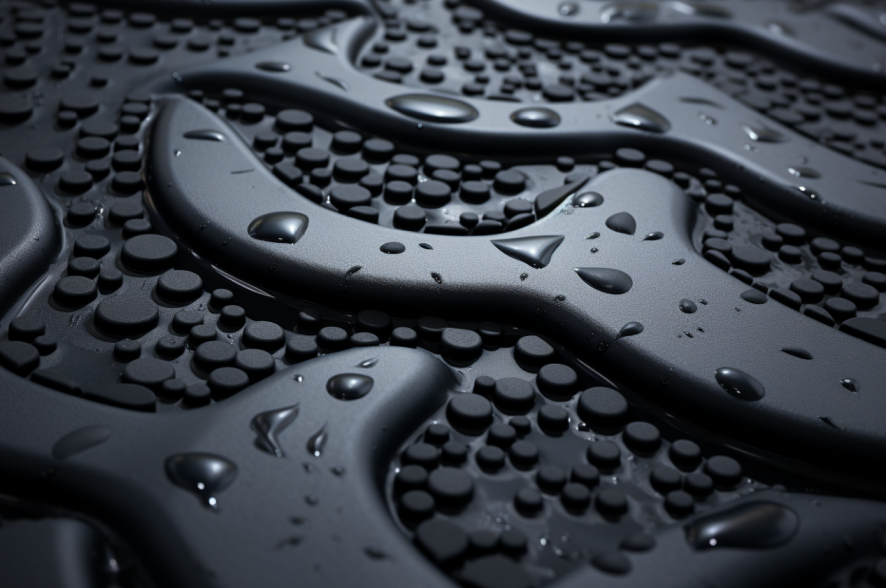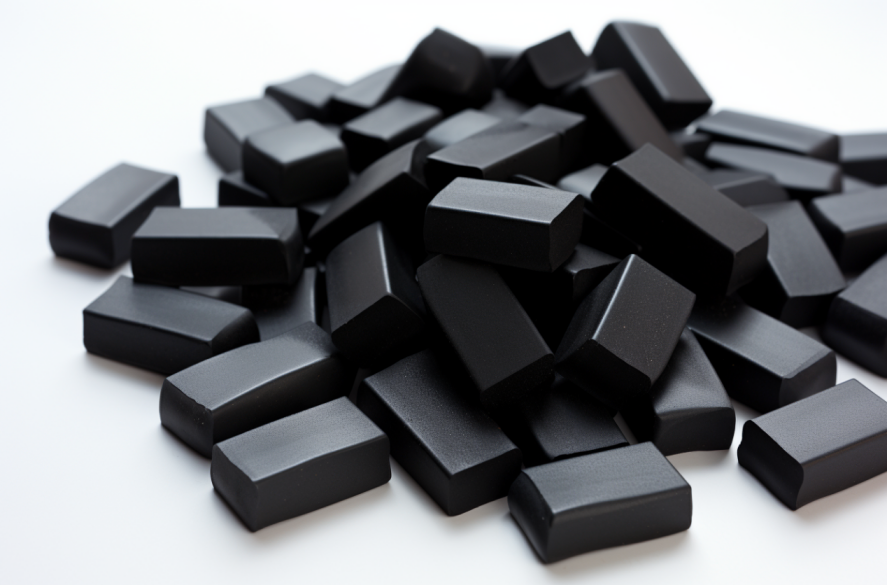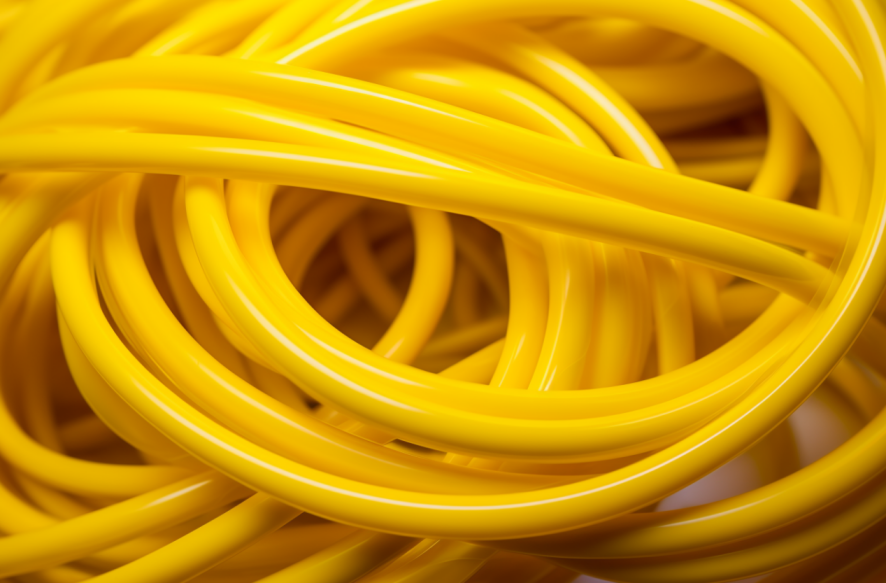C5 C9 Resin: Properties, Applications, and Benefits
19/01/2024
C5 C9 resin is a type of hydrocarbon resin that is widely used in various industries due to its excellent properties. It is a thermoplastic resin that is produced by the polymerization of C5 and C9 fractions of petroleum-derived naphtha. The resin has a unique combination of properties such as good adhesion, tackiness, and compatibility with various polymers, making it an essential component in many applications.

The C5 fraction is obtained from the distillation of crude oil, and it contains mainly aliphatic olefins, while the C9 fraction is obtained from the distillation of coal tar or petroleum and contains mainly aromatic hydrocarbons. The combination of these two fractions results in a resin with a broad molecular weight distribution and a good balance of properties. C5 C9 resin is commonly used in the adhesive, rubber, paint, and ink industries, among others, due to its excellent compatibility with various polymers and solvents.
Overall, C5 C9 resin is a versatile material that has found its way into many different applications due to its unique combination of properties. Its excellent adhesion, tackiness, and compatibility with various polymers make it an essential component in many products. As such, it is a crucial material for many industries, and its importance is only expected to grow in the coming years.
Chemical Composition

C5 and C9 resins are hydrocarbon resins that are derived from the polymerization of unsaturated petroleum byproducts. They are commonly used as tackifiers, adhesives, and coatings in a variety of industries, including rubber, paint, and adhesive manufacturing.
C5 Resin Components
C5 resins are composed of a mixture of aliphatic and aromatic monomers, with a carbon chain length of five. The most common monomers found in C5 resins include piperylene, isoprene, and cyclopentadiene. These monomers are polymerized using a variety of catalysts, including aluminum chloride, boron trifluoride, and sulfuric acid.
C5 resins are typically characterized by their high softening point, low molecular weight, and good compatibility with other resins. They are commonly used in hot melt adhesives, pressure-sensitive adhesives, and rubber compounding.
C9 Resin Components
C9 resins are composed of a mixture of aromatic monomers, with a carbon chain length of nine. The most common monomers found in C9 resins include styrene, alpha-methylstyrene, and vinyltoluene. These monomers are polymerized using a variety of catalysts, including Friedel-Crafts catalysts and Lewis acids.
C9 resins are typically characterized by their high softening point, high molecular weight, and good compatibility with other resins. They are commonly used in solvent-based adhesives, coatings, and printing inks.
Overall, the chemical composition of C5 and C9 resins is complex and varies depending on the specific monomers and polymerization processes used. However, their unique properties make them valuable materials for a variety of industrial applications.
Production Process
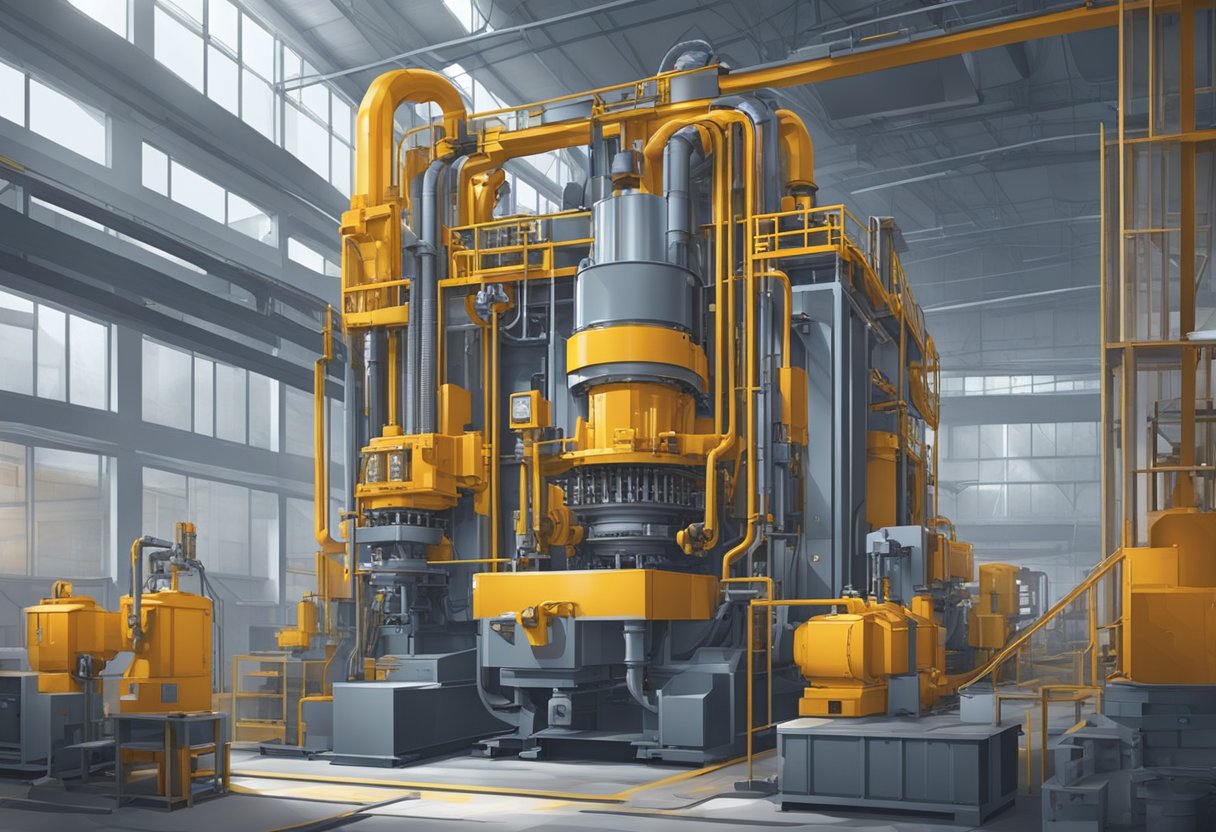
Feedstock Selection
The production of C5 C9 resin begins with the selection of the appropriate feedstock. The feedstock used in the production process is typically derived from crude oil or natural gas. The selection of the feedstock is critical as it determines the properties of the final product. The feedstock is carefully chosen based on its chemical composition and properties such as boiling point, viscosity, and density.
Thermal Polymerization
The next step in the production process is thermal polymerization. In this step, the feedstock is subjected to high temperatures and pressure in the presence of a catalyst. The thermal polymerization process results in the formation of a polymer that is rich in C5 and C9 hydrocarbons. The polymerization process is carefully controlled to ensure that the desired properties of the final product are achieved.
Distillation and Refining
After the thermal polymerization process, the resulting polymer is subjected to distillation and refining. In this step, the polymer is separated into different fractions based on their boiling points. The fractions are then further refined to remove impurities and to improve the properties of the final product. The refining process involves the use of various chemical treatments and processes such as hydrogenation, oxidation, and esterification.
Overall, the production process of C5 C9 resin is a complex and carefully controlled process that requires expertise and experience. The quality of the final product is dependent on the selection of the feedstock, the thermal polymerization process, and the distillation and refining process.
Properties and Characteristics

Physical Properties
C5 C9 resin is a type of hydrocarbon resin that is produced by the copolymerization of C5 and C9 fractions of petroleum. It is a thermoplastic resin that is solid at room temperature and has a melting point between 90°C to 130°C. The resin has a light color and is transparent, making it suitable for use in various applications where clarity is important.
C5 C9 resin has a low molecular weight and a narrow molecular weight distribution, which gives it excellent compatibility with various polymers and other resins. It also has good adhesion to various substrates, making it suitable for use in coatings, adhesives, and printing inks.
Chemical Resistance
C5 C9 resin has good chemical resistance to various acids, alkalis, and solvents. It is also resistant to water and has good weatherability, making it suitable for use in outdoor applications. The resin has good resistance to oxidation, which makes it suitable for use in applications where long-term stability is required.
Thermal Stability
C5 C9 resin has good thermal stability and can withstand high temperatures without degrading. It has a low volatility and does not emit any harmful gases when exposed to heat. The resin has a low odor and is non-toxic, making it suitable for use in various applications where safety is important.
In summary, C5 C9 resin is a versatile thermoplastic resin that has excellent physical properties, chemical resistance, and thermal stability. Its compatibility with various polymers and other resins makes it suitable for use in a wide range of applications, including coatings, adhesives, and printing inks.
Applications
Adhesives and Sealants
C5 C9 resin is widely used in the production of adhesives and sealants due to its excellent adhesive properties. It is commonly used in hot-melt adhesives, pressure-sensitive adhesives, and sealants. The resin’s ability to provide good adhesion to a wide range of substrates makes it a popular choice in the industry. In addition, the resin’s compatibility with a variety of solvents and other additives makes it highly versatile.
Rubber Compounding
C5 C9 resin is also used in rubber compounding, where it is added to rubber formulations to improve the processing and performance properties of the rubber. The resin helps to improve the tackiness and adhesion of rubber compounds, as well as their resistance to heat and aging. It also enhances the elasticity and durability of the final product.
Paints and Coatings
C5 C9 resin is commonly used in the production of paints and coatings due to its excellent compatibility with a wide range of solvents and other additives. It is used as a binder in a variety of coatings, including wood coatings, metal coatings, and printing inks. The resin’s ability to provide good adhesion, flexibility, and resistance to water and chemicals makes it a popular choice in the coatings industry.
Overall, C5 C9 resin is a versatile and widely used material in a variety of industries, including adhesives and sealants, rubber compounding, and paints and coatings. Its unique properties make it an essential component in many products, and its versatility and compatibility with a wide range of other materials make it a popular choice among manufacturers.
Environmental and Safety Considerations
Regulatory Compliance
C5 C9 resin is subject to various regulations and guidelines to ensure its safe handling and use. In the United States, the Occupational Safety and Health Administration (OSHA) regulates the use of C5 C9 resin in the workplace under the Hazard Communication Standard (HCS). This standard requires that employers provide information and training to employees on the hazards of C5 C9 resin and how to safely handle and use it.
The European Chemicals Agency (ECHA) also regulates the use of C5 C9 resin under the Registration, Evaluation, Authorization, and Restriction of Chemicals (REACH) regulation. This regulation requires manufacturers and importers of C5 C9 resin to register their products and provide information on their safe use.
Handling and Storage
C5 C9 resin should be handled and stored with care to minimize the risk of exposure and ensure its safe use. When handling C5 C9 resin, it is important to wear appropriate personal protective equipment (PPE), such as gloves and safety glasses, to prevent skin and eye contact. In case of skin contact, the affected area should be washed thoroughly with soap and water.
C5 C9 resin should be stored in a cool, dry, well-ventilated area away from sources of ignition. It should be kept in its original container and labeled with appropriate hazard warnings and handling instructions. In case of a spill, the affected area should be cleaned up immediately using appropriate absorbent materials and disposed of in accordance with local regulations.
Overall, it is important to follow all applicable regulations and guidelines when handling and using C5 C9 resin to ensure the safety of workers and the environment.
Market Insights
Demand Dynamics
C5 C9 resin is a widely used chemical compound that finds application in various industries such as adhesives, coatings, and printing inks. The increasing demand for these end-use products is expected to drive the growth of the C5 C9 resin market. The rise in construction activities and the growing automotive industry are also expected to boost the demand for C5 C9 resins.
Moreover, the shift towards eco-friendly products is expected to create opportunities for the development of bio-based C5 C9 resins. This is expected to further increase the demand for C5 C9 resins in the coming years.
Supply Chain Analysis
The C5 C9 resin market is highly competitive with the presence of several key players. The supply chain of C5 C9 resins involves the procurement of raw materials, manufacturing of resins, and distribution to end-use industries.
The raw materials required for the production of C5 C9 resins include crude oil, naphtha, and other petrochemicals. The manufacturing process involves the polymerization of the raw materials to produce the final resin product.
The distribution of C5 C9 resins is done through various channels such as direct sales, distributors, and online sales. The key players in the market are constantly innovating and investing in R&D to develop new products and expand their product portfolio.
Overall, the C5 C9 resin market is expected to witness steady growth in the coming years, driven by the increasing demand for end-use products and the shift towards eco-friendly products.
Technological Advancements
C5 C9 resins have seen significant technological advancements in recent years. These advancements have led to improved quality and performance of the resins, making them more versatile and cost-effective.
One of the major advancements in C5 C9 resins is the development of low molecular weight resins. These resins have a lower viscosity and better compatibility with other materials, making them ideal for use in adhesives, coatings, and rubber applications.
Another advancement is the use of modified C5 C9 resins. These resins have improved thermal stability, UV resistance, and adhesion properties, making them suitable for use in high-performance coatings, printing inks, and other demanding applications.
In addition, there have been advancements in the production process of C5 C9 resins. New technologies have been developed to improve the efficiency and sustainability of the production process, reducing waste and energy consumption.
Overall, these technological advancements have made C5 C9 resins more attractive to manufacturers, as they offer improved performance, versatility, and cost-effectiveness.
Future Trends and Projections
The global demand for C5 and C9 resins is expected to grow in the coming years due to the increasing demand for adhesives, coatings, and printing inks. The rise in construction activities and the growth of the automotive industry are also expected to contribute to the demand for C5 and C9 resins.
The demand for eco-friendly and sustainable products is also expected to drive the growth of C5 and C9 resins in the future. Manufacturers are focusing on producing bio-based resins that are derived from renewable sources such as vegetable oils and biomass. This trend is expected to continue in the coming years as consumers become more conscious about the environmental impact of the products they use.
In addition, the development of new applications for C5 and C9 resins is expected to drive the growth of the market. For instance, C5 and C9 resins are being used in the production of hot-melt adhesives, which are used in the packaging industry. The growth of the e-commerce industry is expected to further boost the demand for hot-melt adhesives, which in turn will drive the demand for C5 and C9 resins.
Overall, the future of the C5 and C9 resin market looks promising, with manufacturers focusing on producing eco-friendly products and developing new applications for these resins. As the demand for adhesives, coatings, and printing inks continues to grow, the demand for C5 and C9 resins is expected to rise, making it a lucrative market for manufacturers and suppliers alike.

